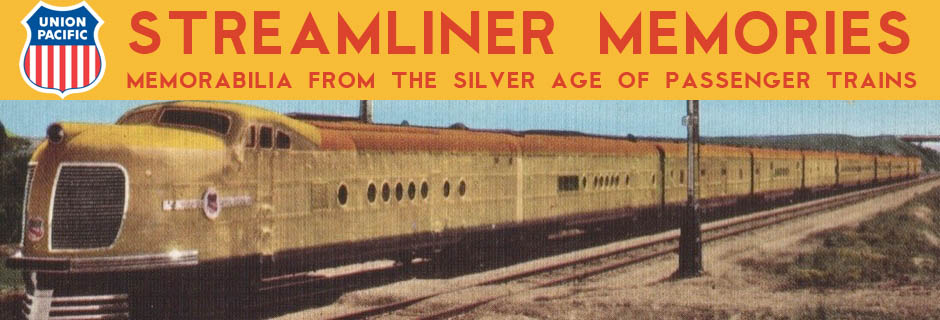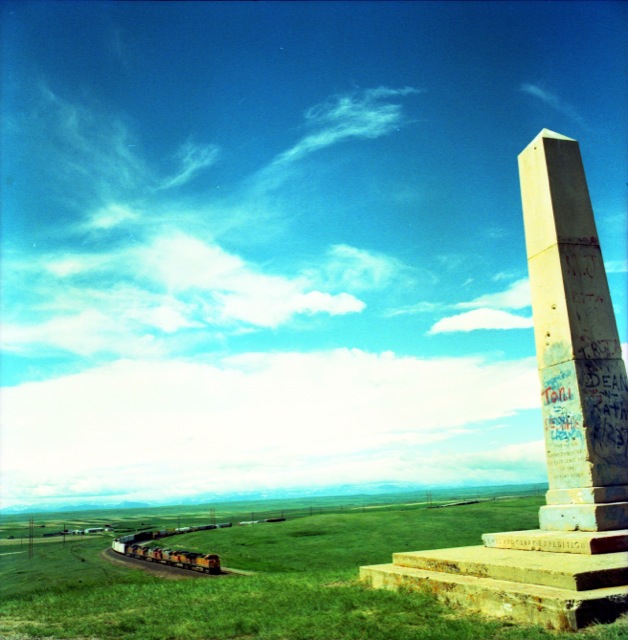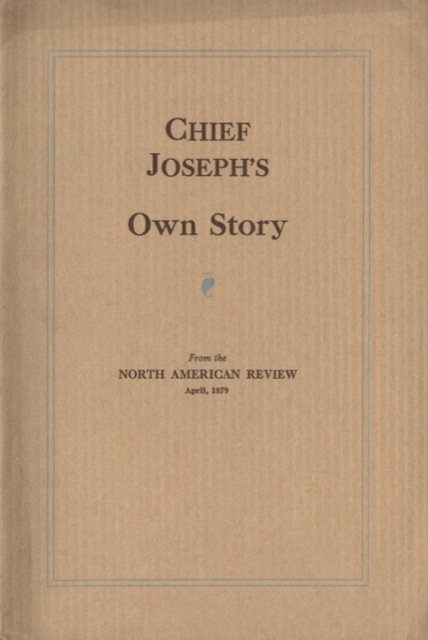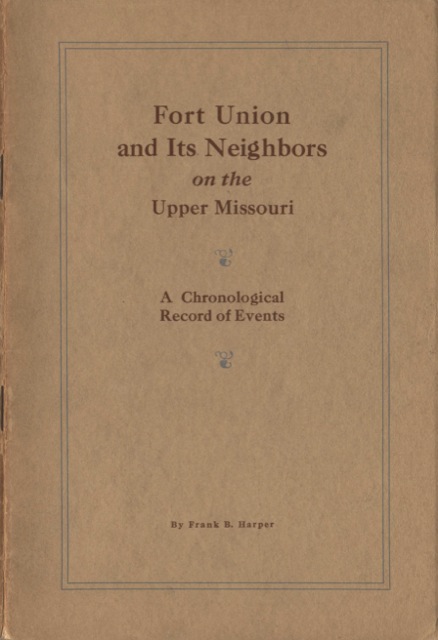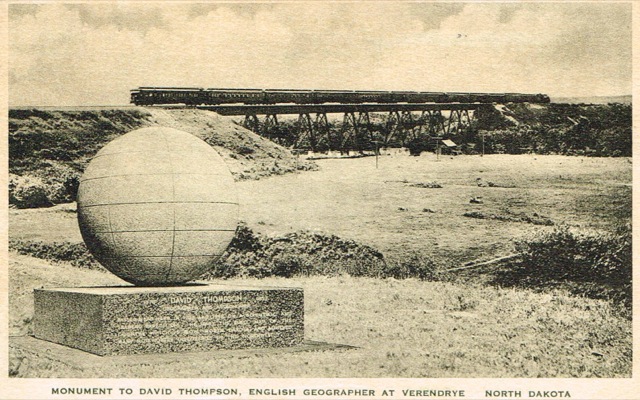On July 21, the Upper Missouri Special went to the railway’s summit on the southern boundary of Glacier Park where the GN had commissioned the sculptor, Gaetano Cecere, to do a statue of John F. Stevens. Then just 31 years old, Cecere went on to do sculptures for the U.S. Capitol, Smithsonian, and 1939 New York World’s Fair.
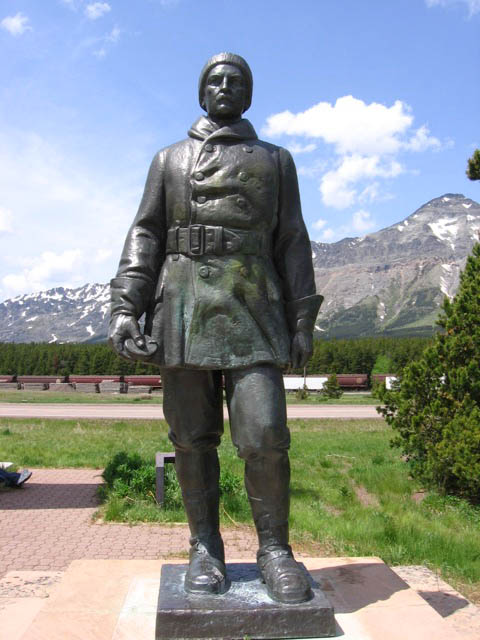
The statue of John Stevens has been moved a short distance from its original location, but former GN–now BNSF–tracks are still visible in the background. Flickr photo by jvstin; click image for a larger view.
Stevens, of course, was the engineer who had followed a branch of the Marias River to Marias Pass, thereby locating the Great Northern’s route across the Rockies. The statue was unveiled by John F. Stevens III, the engineer’s grandson. Speeches were given by Supreme Court Justice Pierce Butler and the president of the American Society of Civil Engineers, Robert Ridgeway. The engineer himself (who lived until 1943) was on hand to “graciously and gracefully respond.” In between speeches, the Great Northern Songsters sang “Land of Hope and Glory,” “The World Is Waiting for the Sunrise,” and “I’ve Been Working on the Railroad.”
